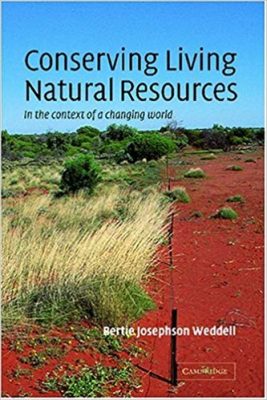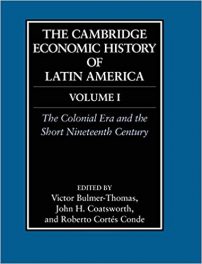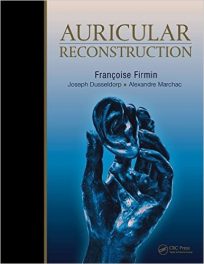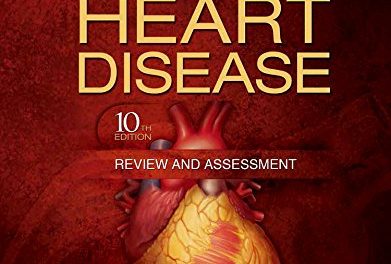 Author: Bertie Josephson Weddell
Author: Bertie Josephson Weddell
Publisher: Cambridge University Press – 426 pages
Book Review by: Sonu Chandiram
This book provides students and mangers of biological and natural resources, as well as the general reader interested in understanding and conserving the environment, with an introduction to the principles of conservation.
The author Bertie Josephson Weddell, a teacher on conservation and owner of a natural resource management business, provides three approaches to the management of living natural resources:
- Utilitarian management for harvest of featured species and control of unwanted species
- Protection and restoration of populations and habitats to maintain biodiversity
- Management of complex ecosystems to sustain both productivity and biodiversity
These three approaches are each outlined and discussed in the three Parts of this book, and aspects of each one are looked into in detail within the chapters of each Part.
To provide you a broad overview of the coverage and contents of this book, we list below the titles of its chapters, sandwiched between an Introduction on the inherent balance found in nature and a Postscript on the basic advantages and disadvantages (of the three approaches outlined above,) of managing living resources.
Introduction: Balance and flux
Methodology: Getting the information we need to manage living natural resources
- Part I. Management to maximize production of featured species – a utilitarian approach to conservation
- Historical context – the commodification of resources and the foundations of utilitarian resource management
- Central concepts – population growth and interactions between populations
- Central concepts – habitats
- Techniques – harvest management
- Techniques – habitat management
- Techniques – management to minimize conflicts between pest species and people
- Part II. Protection and restoration of populations and habitats – a preservationist approach to conservation
- Historical context – the rise of environmental concerns after World War II
- Central concepts – the causes of extinction
- Techniques – protecting and restoring species
- Techniques – protecting and restoring ecosystems
- Part II. Management to maintain processes and structures – a sustainable-ecosystem approach to conservation
- Historical context – pressures to move beyond protection of species and reserves
- Central concepts – the flux of nature
- Techniques – conserving processes and contexts
- Techniques – including people in the conservation process
Postscript
Appendix: Scientific names of organisms mentioned in the text
While a principal characteristic of nature is equilibrium, nature is also in constant flux, and as a consequence problems do arise. The three approaches to managing living natural resources discussed in this book can help provide practical solutions to those problems.
What are some of those problems and their causes? While oftentimes we as humans cannot avert natural disasters, we can certainly prevent man-made ones.
Some of those problems (all anthropogenic or caused by human activity) are: biodiversity loss, deforestation, ecological crises, environmental degradation (such as ocean acidification), global warming, mass extinction, overconsumption, overexploitation, and pollution.
Each of these anthropogenic problems is discussed somewhere in this book on how it arose, how dangerous or severe it became (e.g. how many people, animals, or other creatures died), what attempts were made to solve it, and what solution finally worked.
It is interesting to note that while the first two approaches are largely grounded in the belief that nature is essentially in balance, the third approach – nature-in-flux – is a more cautious, pragmatic, and realistic one, given that natural disasters do occur, such as earthquakes, hurricanes, mudslides, tsunamis, and volcanic eruptions. So we humans must endeavor to not only prevent such occurrences, but also prepare ourselves if and when they occur
There have also been many severe man-made environmental disasters as well, such as the March 24, 1989 Exxon Valdez oil spill in Prince William Sound, Alaska. The oil that spilled from a tanker owned by Exxon impacted around 1,300 miles of shoreline and spread to around 11,000 square miles. Studies show that this disaster killed about 100,000 sea birds, 2,000 sea otters, 300 seals, 250 bald eagles, and 22 Orca whales.
One of the severest environmental disasters that resulted in deaths of humans was at the Union Carbide pesticide plant in Bhopal, India. Records show that the gas explosion there on the night of December 02, 1984 killed 3,787 people.
This book is a very instructive one. The author informs us that we should not consider ourselves as ‘outsiders’ looking into nature, but as participants in it, able to do what is necessary to keep nature, including all living resources, in harmony and balance.
Author:
Bertie Josephson Weddell teaches principles of conservation in the Distance Degree Program at Washington State University, and is principal of Draba a natural resource management consulting business she founded.






